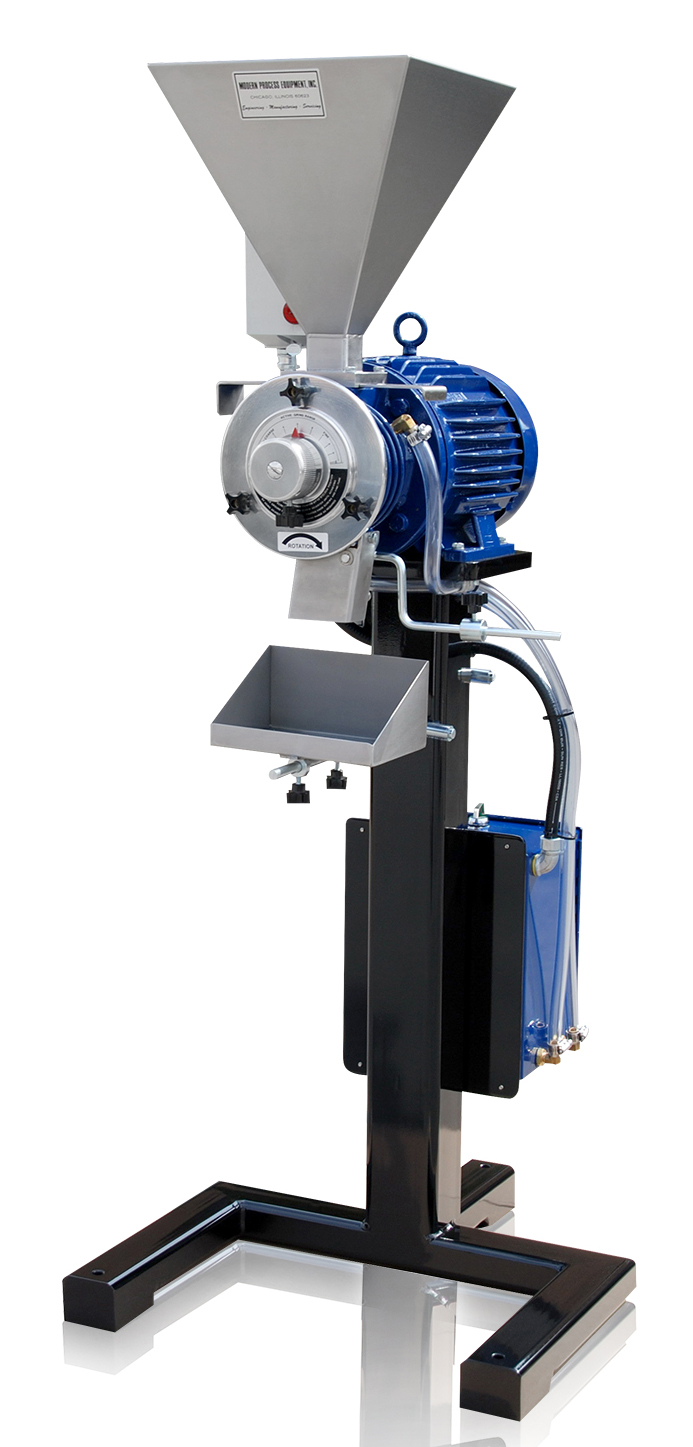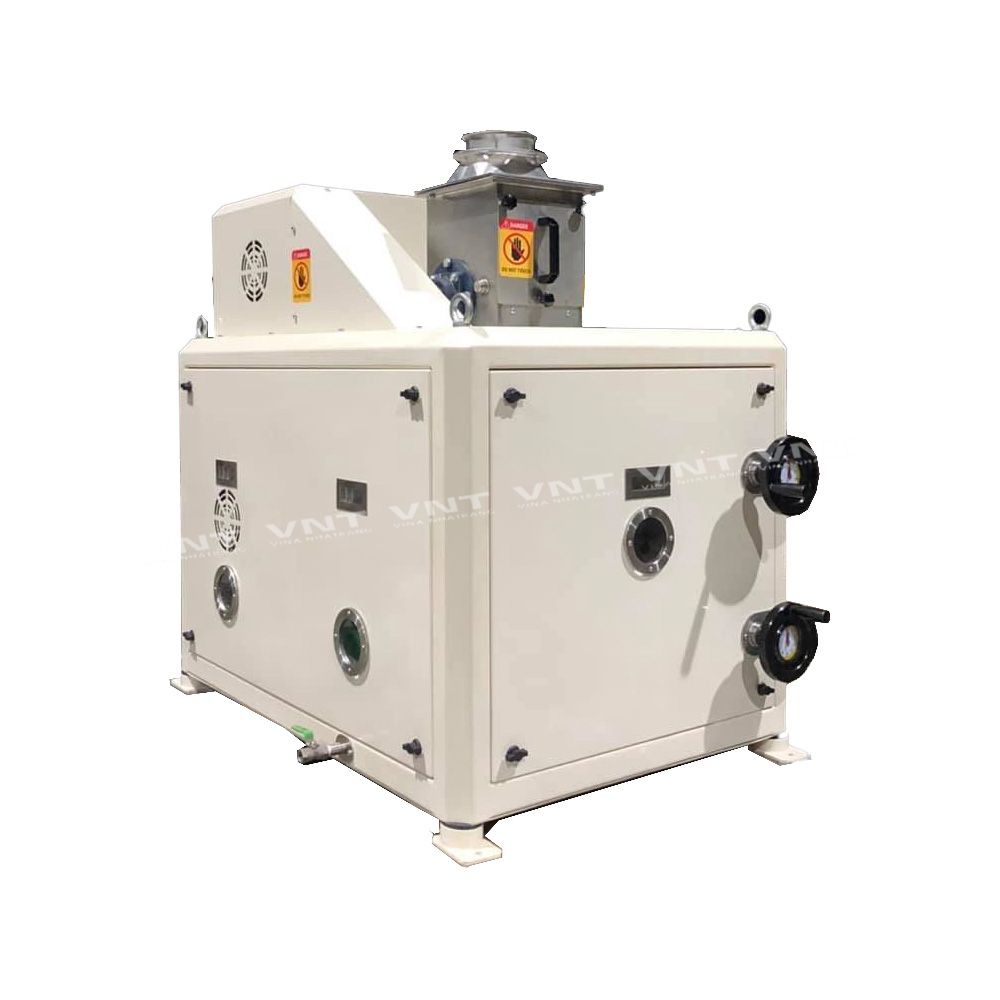Industrial Coffee Grinder for High-Volume Brewing: A Must-Have Tool
Industrial Coffee Grinder for High-Volume Brewing: A Must-Have Tool
Blog Article
Leading Features to Seek in an Industrial Coffee Grinder
When reviewing a commercial coffee grinder, it is necessary to identify key features that affect both performance and durability. Consistency in work dimension is critical for optimal removal, while adjustable grinding speed enables for a balance between effectiveness and top quality.
Grind Dimension Uniformity
While numerous variables can influence the quality of made coffee, grind dimension consistency stays paramount in achieving ideal removal. The harmony of coffee premises straight influences the developing process, as irregular particle sizes can result in over-extraction or under-extraction. This disparity leads to imbalanced tastes, where particular notes might be subduing while others are muted.
Industrial coffee grinders are designed to give a high level of precision, typically utilizing burr grinding devices to guarantee an uniform grind dimension. Unlike blade mills, which can develop a mix of penalty and coarse fragments, burr grinders crush the beans between two surfaces, permitting far better control over work dimension. This uniformity is essential across different developing techniques, whether espresso, French press, or pour-over, as each method calls for specific work sizes for optimum taste removal.
In addition, uniformity in work size contributes to the overall efficiency of the developing process. A consistent work permits even water circulation, minimizing the threat of channeling and enhancing extraction efficiency. In summary, purchasing an industrial coffee mill with an emphasis on work dimension consistency is vital for attaining high-quality coffee with desirable taste accounts.
Grinding Rate
Grinding rate plays an important duty in the general efficiency of commercial coffee grinders, directly influencing both the top quality of the work and the efficiency of the procedure. Industrial Coffee Grinder. Greater grinding speeds can considerably enhance the throughput, making it possible to process larger amounts of coffee beans in a shorter amount of time. This is specifically essential for services that rely on high-volume production, such as coffee roasteries and coffee shops
Nevertheless, while rate is crucial, it is equally essential to stabilize it with the high quality of the grind. Exceedingly high grinding rates can create warmth, which might adversely influence the taste profile of the coffee by creating the beans to shed important oils and aromas. A mill that supplies flexible speed setups can supply optimal flexibility, enabling drivers to tailor the grinding process according to details demands.
In addition, the grinding rate ought to be constant to make sure uniformity in the work size, further adding to the total taste and brewing quality of the coffee. In summary, evaluating grinding speed is vital for selecting an industrial coffee mill that satisfies both efficiency and quality demands.
Build Quality and Toughness
The performance of a commercial coffee mill is not entirely identified by its grinding speed; develop top quality and longevity are just as important elements that influence long-term efficiency and integrity. A well-constructed mill will certainly withstand the rigors of daily usage, making it an audio financial investment for any type of industrial operation.

Durability also expands to the mill's motor and inner mechanisms. Industrial coffee mills should be equipped with sturdy motors qualified of maintaining long term operation without overheating. Robust burrs are important, as they directly influence the quality of the work and contribute to the total durability of the machine.

Simplicity of Use and Upkeep
Continually focusing on simplicity of use and upkeep can substantially improve the operational performance of an industrial coffee mill. Easy to use features such as instinctive controls and clear labeling are crucial for lessening downtime and making certain that operators can swiftly adapt to the devices. An ergonomic layout, consisting of height-adjustable hoppers and accessible grinding chambers, permits comfy procedure and assists in the loading and unloading of coffee beans.
Moreover, simplicity of upkeep is important for extending the lifespan of the mill. Equipment with removable components and elements created for quick cleansing can simplify upkeep tasks, reducing the time invested in routine upkeep - Industrial Coffee Grinder. Search for mills that include self-cleaning devices or need marginal disassembly, as these features can save valuable labor hours
In addition, clear maintenance schedules and paperwork are essential. Mills that come with extensive individual guidebooks laying out maintenance procedures can assist drivers follow ideal techniques, making sure constant performance and high quality. By purchasing an industrial coffee grinder that highlights convenience of use and maintenance, companies can boost performance, minimize functional costs, and maintain the high standards expected in coffee production.


Noise Level Decrease
When picking an industrial coffee mill, sound degree decrease is a crucial aspect that can greatly impact the work atmosphere. High noise levels can bring about staff click here for info member fatigue, minimized concentration, and prospective hearing damages in time, making it vital to pick a mill created with sound-dampening features.
Try to find mills that integrate sophisticated noise-reduction innovations, such as sound-insulated housings and vibration-dampening places. These attributes assist to lessen operational sounds, creating a quieter ambience helpful to efficiency. Industrial Coffee Grinder. In addition, picking mills furnished with low-noise motors can further enhance sound decrease, making sure a much more enjoyable working environment
Take into consideration the grinder's total style. The positioning of the grinder within the work space ought to be strategic.
Ultimately, purchasing a coffee mill that focuses on noise reduction not only improves the comfort of employees yet additionally lines up with a dedication to preserving a secure and effective workplace. This attention to information can cause boosted employee satisfaction and retention.
Final Thought
In summary, selecting an industrial coffee mill requires careful consideration of several key features. Grind size uniformity is important for optimal removal, while flexible grinding rate facilitates an equilibrium in between throughput and top quality.
Industrial coffee mills are made to supply a high level of precision, frequently utilizing burr grinding mechanisms to guarantee an uniform work dimension. Unlike blade grinders, which can create a mix of penalty and rugged particles, burr mills squash the beans in between 2 surfaces, allowing for much better control over grind size. In summary, investing in a commercial coffee grinder with a focus on work dimension consistency is necessary for achieving high-quality coffee with desirable taste profiles.
Grinding speed plays an essential function in the general efficiency of industrial coffee grinders, straight affecting both the quality of the work and the efficiency of the operation. A grinder my sources that uses adjustable rate setups can provide optimum versatility, allowing operators to tailor the grinding process according to certain requirements.
Report this page